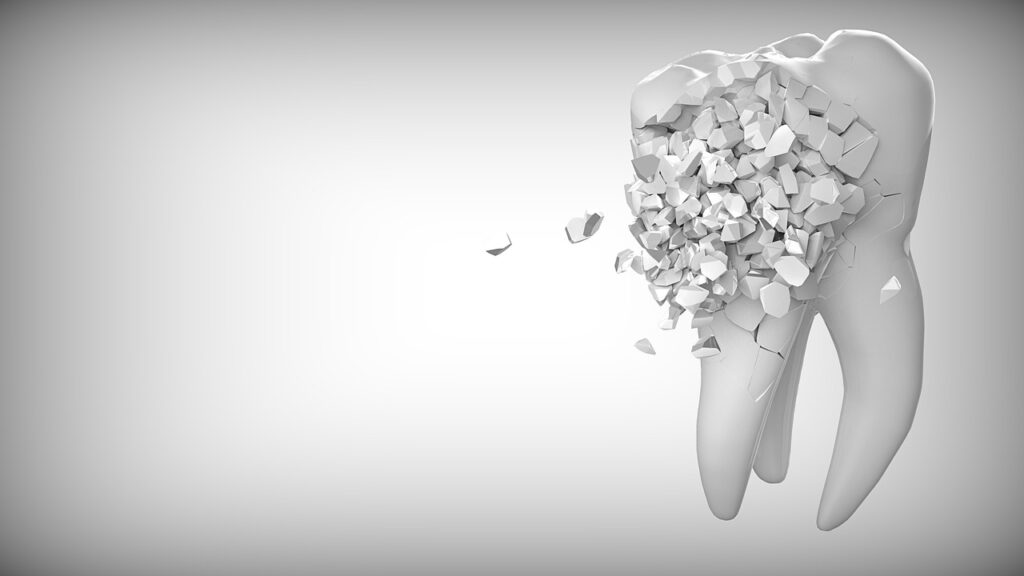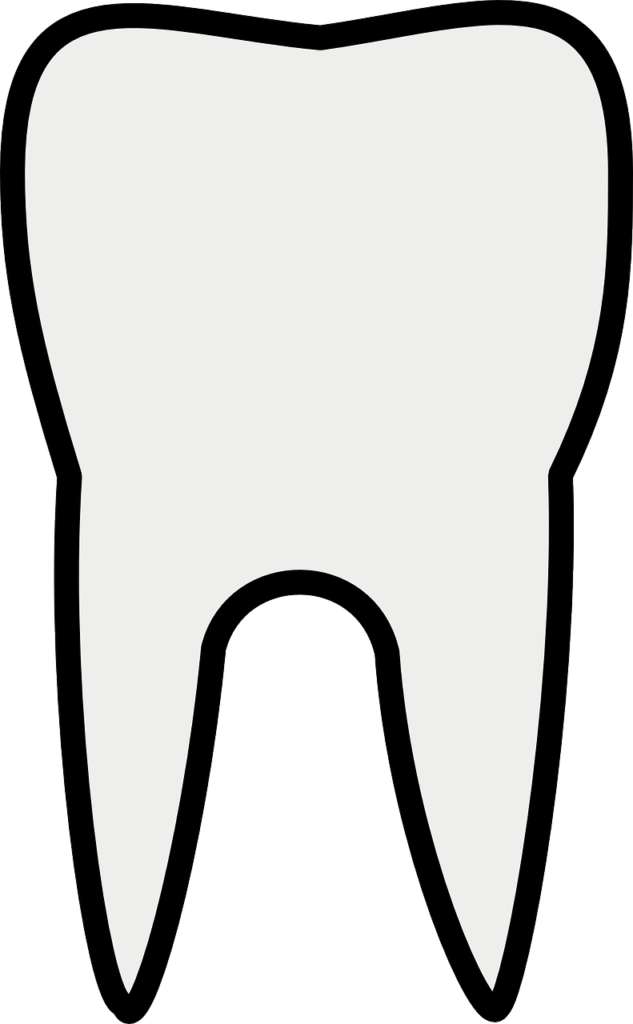So, you’re curious about what goes on during a deep cleaning, huh? Well, you’ve come to the right place! In this article, we’ll be diving into what exactly takes place during a deep cleaning session. From tackling those hard-to-reach areas to removing stubborn stains, we’ll explore the thorough process that will leave your space looking and feeling refreshed. So, buckle up and get ready to learn all about the magic that happens during a deep cleaning!

This image is property of pixabay.com.
Initial Assessment
During the initial assessment, you will evaluate the cleaning requirements of the space. This involves taking a thorough look at the areas that need to be cleaned and determining the level of dirt and grime present. You will also identify any problem areas that may require special attention, such as stains or stubborn dirt. Based on your evaluation, you will then determine the scope of work needed to achieve a clean and pristine space.
Preparation
Before diving into the cleaning process, it is important to gather all the necessary cleaning tools and equipment. This may include items such as brooms, mops, vacuum cleaners, cleaning solutions, and microfiber cloths. By having everything at your disposal, you can work efficiently without having to stop and search for missing tools. Additionally, you should clear the area of any clutter or obstacles that may hinder the cleaning process. This ensures smooth navigation and allows for a more thorough clean. Finally, it is crucial to ensure proper ventilation in the space before beginning the deep cleaning process. Opening windows or using fans can help promote airflow and prevent the buildup of cleaning fumes.

This image is property of pixabay.com.
Dusting and Surface Cleaning
Dusting is an essential step in any deep cleaning process. It involves removing dust from furniture and fixtures to improve air quality and create a clean and fresh environment. Using a microfiber cloth or a duster, you can effectively remove dust from surfaces such as shelves, tables, and picture frames. As you go along, it is important to wipe down surfaces using appropriate cleaning agents. This not only removes the dust but also disinfects and leaves a clean and hygienic surface. To achieve streak-free windows, mirrors, and glass surfaces, you can use a glass cleaner and a lint-free cloth. This ensures the surfaces are sparkling clean and free of smudges.
Vacuuming and Carpet Cleaning
One of the key steps in deep cleaning is thorough vacuuming. This applies to carpets, rugs, and upholstery. By using a high-quality vacuum cleaner with attachments, you can remove dirt, dust, and allergens from the fabric and fibers. This helps in maintaining the cleanliness and longevity of these items. If there are any stains or spots on carpets or upholstery, it is important to treat them accordingly. Using appropriate stain removers and cleaning solutions, you can tackle these areas and restore the original appearance. For a deep clean of carpets, hot water extraction or steam cleaning can be employed. These methods penetrate deep into the fibers, removing stubborn dirt and leaving your carpets refreshed and revitalized.

This image is property of pixabay.com.
Mopping and Floor Treatment
Sweeping and mopping hard floors is an essential part of the deep cleaning process. By eliminating loose dirt and dust, you prevent the potential scratching or damage to the flooring during the cleaning process. Using a mop and a suitable floor cleaner, you can effectively remove stains, spills, and grime, leaving the floors looking clean and shiny. For certain types of flooring, such as hardwood or tile, additional treatments may be necessary. This can include stripping and waxing or refinishing of the floors to restore their original luster and protect them against future damage. Finally, to achieve that extra level of shine, polishing and buffing can be done to create a beautiful and glossy finish.
Kitchen Cleaning
The kitchen is often one of the most heavily used areas in a home, making it a high priority during deep cleaning. Cleaning and disinfecting countertops, sink, and backsplash is a crucial step in maintaining a clean and hygienic food preparation area. It ensures the removal of bacteria and germs that can pose a risk to health. Degreasing and scrubbing appliances, such as stovetops and ovens, helps remove stubborn grease and grime build-up. Cleaning the interior and exterior of the refrigerator and oven is also important as these areas often accumulate spills and food particles. By giving the kitchen a thorough deep clean, you can ensure a safe and pleasant cooking environment.

Bathroom Cleaning
Proper bathroom cleaning is essential for maintaining cleanliness and hygiene. Sanitizing and disinfecting the toilet, bathtub, and shower is crucial to eliminate germs and bacteria that can thrive in these areas. Cleaning tiles and grout helps remove soap scum, mold, and mildew, keeping the bathroom fresh and sanitary. Scrubbing sinks and faucets helps remove any buildup of hard water stains or mineral deposits, restoring their shine. By paying attention to these details and thoroughly cleaning the bathroom, you can create a clean and inviting space for personal hygiene.
Removing Dirt and Stains
Deep cleaning involves a detailed approach to remove dirt and stains from various surfaces in the space. Spot-cleaning walls and removing stains can be done using appropriate cleaning agents and a gentle scrubbing motion. This helps maintain the appearance of the walls and keeps them free from unsightly marks. Additionally, removing built-up dirt and grime from surfaces such as countertops, tables, and bathroom fixtures is essential for a thorough clean. By using suitable cleaning agents and tools, you can restore the cleanliness and shine of these surfaces. Cleaning baseboards and moldings should not be overlooked, as these areas often collect dust and dirt. By wiping them down, you can ensure a comprehensive cleaning that leaves no area untouched.

High-Level Cleaning
High-level cleaning involves addressing areas that are often neglected during regular cleaning routines. This includes light fixtures, ceiling fans, and vents. Dust tends to accumulate in these areas and can contribute to allergies and poor air quality. By taking the time to clean them, you can remove dust, cobwebs, and any other debris that has built up over time. Dusting and wiping down walls and ceilings is also important to maintain a clean and fresh environment. This will help eliminate any dust or grime that may have settled on these surfaces. By thoroughly cleaning high surfaces, you can ensure a truly comprehensive deep clean.
Final Inspection and Touch-Ups
After completing the deep cleaning process, it is crucial to perform a final inspection of the cleaned areas. This involves a detailed examination to check for any missed spots or areas that may require additional cleaning. By addressing these issues promptly, you can ensure that the space is thoroughly cleaned to your satisfaction. Any necessary touch-ups or re-cleaning can then be carried out accordingly. This final step is important to ensure that every corner and surface has received the attention it deserves. By taking the time for a comprehensive inspection, you can be confident that the space is truly clean and ready to be enjoyed.

